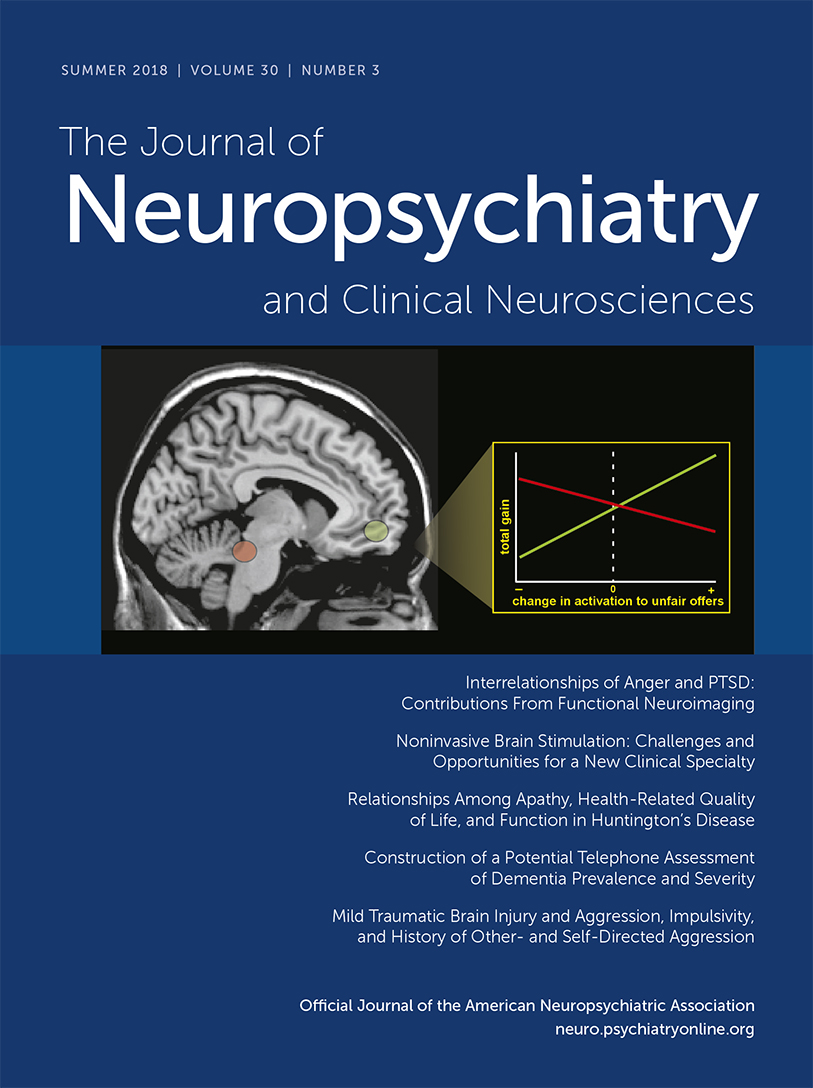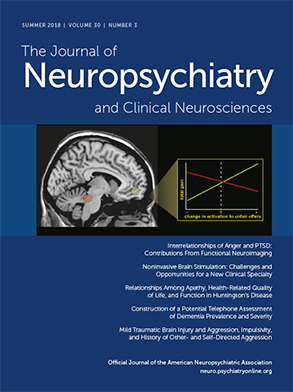Neuroanatomical Correlates of Impulsive Action in Excoriation (Skin-Picking) Disorder
Abstract
Methods
Participants
Procedures
Clinical assessments.
NE-YBOCS.
Skin Picking Symptom Assessment Scale (SP-SAS).
Hamilton Anxiety Rating Scale (HAM-A).18
Hamilton Depression Rating Scale (HAM-D).19
Quality of Life Inventory (QOLI).20
Cognitive assessments.
Intra-Extra Dimensional Set Shift task (IED).
Stop Signal Task (SST).
Brain imaging.
Data analysis.
Results
Participant Characteristics
| Variable | SPD Case Subjects (N=20) | Control Subjects (N=16) | Statistical Comparison | Effect Size | ||||
|---|---|---|---|---|---|---|---|---|
| Mean | SD | Mean | SD | t | df | p | ||
| Age (years) | 29.5 | 9.4 | 34.0 | 15.6 | 1.02 | 21.9b | 0.32 | – |
| N | % | N | % | χ2 | df | p | ||
| Gender, female | 20 | 100.0 | 12 | 75.0 | 3.38 | 1 | 0.07 | – |
| Race/ethnicity, Caucasian | 19 | 95.0 | 13 | 81.3 | 2.71 | 2 | 0.26 | – |
| Marital status, single | 14 | 73.7 | 11 | 68.8 | 3.38 | 3 | 0.34 | – |
| Education, college graduate or higher | 10 | 55.6 | 12 | 75.0 | 2.26 | 3 | 0.52 | – |
| Mean | SD | Mean | SD | |||||
| NE-YBOCS total score | 21.2 | 5.1 | N/A | N/A | N/A | N/A | N/A | N/A |
| SP-SAS total score | 30.8 | 5.1 | N/A | N/A | N/A | N/A | N/A | N/A |
| Mean | SD | Mean | SD | t | df | p | ||
| HAM-A total score | 4.8 | 3.1 | 0.2 | 0.6 | 6.33 | 19.67b | <0.001* | 2.06 |
| HAM-D total score | 4.8 | 2.8 | 0.5 | 1.3 | 6.03 | 26.53b | <0.001* | 1.97 |
| Quality of Life Inventory T-score | 33.4 | 16.1 | 50.4 | 10.5 | 3.44 | 32 | 0.002* | 1.25 |
| IED total errors (adjusted) | 12.1c | 5.9 | 16.3d | 19.7 | 0.58 | 7.67b | 0.58 | – |
| SST stop-signal reaction time (ms) | 166.4c | 66.4 | 167.9d | 17.1 | 0.06 | 21 | 0.95 | – |
Imaging Results
Discussion
Conclusions
Footnote
References
Information & Authors
Information
Published In
History
Keywords
Authors
Funding Information
Metrics & Citations
Metrics
Citations
Export Citations
If you have the appropriate software installed, you can download article citation data to the citation manager of your choice. Simply select your manager software from the list below and click Download.
For more information or tips please see 'Downloading to a citation manager' in the Help menu.
View Options
View options
PDF/EPUB
View PDF/EPUBLogin options
Already a subscriber? Access your subscription through your login credentials or your institution for full access to this article.
Personal login Institutional Login Open Athens loginNot a subscriber?
PsychiatryOnline subscription options offer access to the DSM-5-TR® library, books, journals, CME, and patient resources. This all-in-one virtual library provides psychiatrists and mental health professionals with key resources for diagnosis, treatment, research, and professional development.
Need more help? PsychiatryOnline Customer Service may be reached by emailing [email protected] or by calling 800-368-5777 (in the U.S.) or 703-907-7322 (outside the U.S.).

